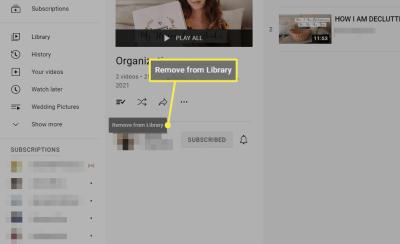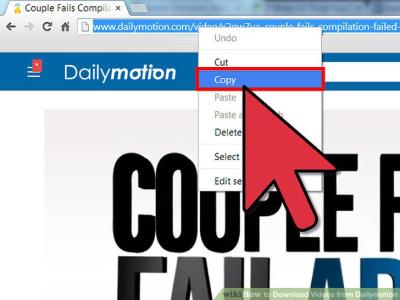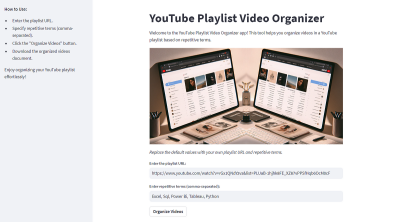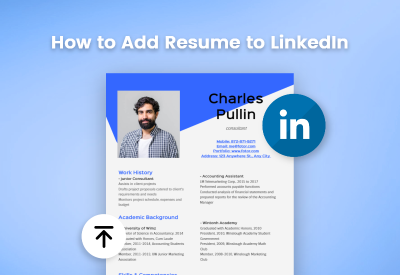In today's digital age, having a strong presence on LinkedIn is essential for businesses of all sizes. If you're managing more than one company page, it can quickly become overwhelming. But fear not! This guide will help you navigate the challenges and opportunities that come with managing multiple LinkedIn company pages. From brand consistency to audience engagement, we'll explore everything you need to know to effectively handle your
Why Manage Multiple LinkedIn Company Pages?
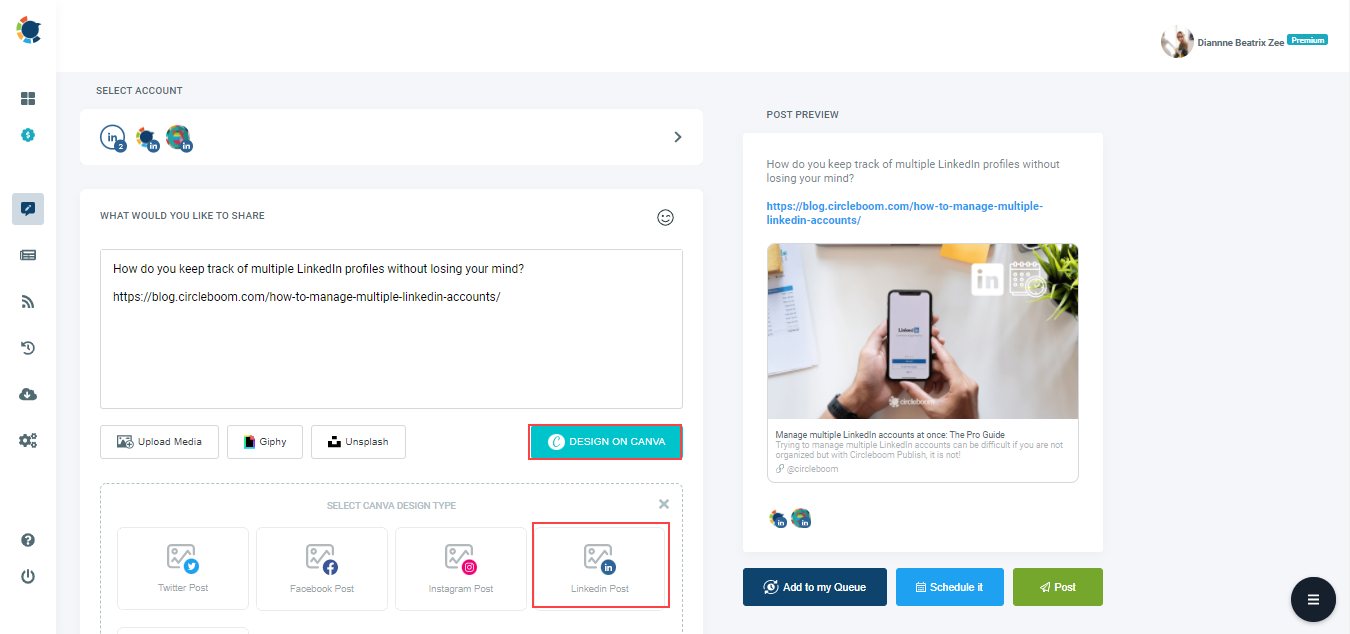
Managing multiple LinkedIn company pages can seem daunting, but it comes with several significant benefits that can enhance your business's online presence. Here are a few compelling reasons why you should consider it:
- Targeted Branding: Each page can cater to different aspects of your business, allowing for tailored messaging that resonates with specific audiences.
- Local Presence: If your business operates in various locations, having separate pages allows you to connect with local audiences and showcase regional offerings.
- Engagement Opportunities: Different pages can attract diverse followers, giving you the chance to engage with them in ways that appeal directly to their interests.
- Content Strategy: You can create content that fits the unique focus of each page, whether it's product launches, industry insights, or company news.
- Performance Tracking: Separate pages make it easier to analyze performance metrics and understand what works best for each segment of your business.
In summary, managing multiple LinkedIn company pages not only helps you maintain focused branding but also offers a way to connect with your audience more effectively. By embracing this strategy, you can enhance your overall marketing efforts and build a stronger community around your brand.
Also Read This: Stopping Unwanted Emails from LinkedIn: A Simple Guide
Setting Up Your LinkedIn Company Pages

Creating a LinkedIn Company Page is a straightforward process, but it’s essential to approach it strategically for maximum impact. First, ensure you have a personal LinkedIn profile that reflects your professional identity; this is crucial since
To set up your company page, follow these steps:
- Go to LinkedIn's homepage: Click on the “Work” icon in the top right corner and select “Create a Company Page.”
- Choose your page type: You can select between a small business, medium to large business, or showcase page. Choose based on your needs.
- Fill in company details: Enter your company name, URL, and other relevant information. Make sure your company name is unique and easily identifiable.
- Add a logo and banner: Visuals are crucial! Upload a high-resolution logo and an engaging banner image that reflects your brand ethos.
- Complete the overview: Write a compelling company description. Highlight your mission, vision, and values. This is your chance to tell your story!
- Publish: Once everything looks good, hit publish. Congratulations, you now have a LinkedIn Company Page!
Remember, you can manage multiple pages from a single LinkedIn account, which simplifies the process of maintaining your brand presence across different sectors or divisions.
Also Read This: How to Share TryHackMe Badges on LinkedIn to Highlight Your Skills
Best Practices for Content Management

Content management on LinkedIn is vital for engagement and brand representation. Here are some best practices to follow:
- Consistent Posting Schedule: Aim for regular updates—ideally, 2-3 times a week. Consistency helps keep your audience engaged.
- Quality Over Quantity: Focus on creating high-quality content that adds value. This could be articles, videos, or infographics that resonate with your audience.
- Engage with Your Audience: Don’t just post and forget! Respond to comments and messages promptly. This builds a community around your brand.
- Utilize LinkedIn Analytics: Monitor your page’s performance using LinkedIn’s analytics tools. Keep an eye on what types of content your audience engages with the most.
- Incorporate User-Generated Content: Encourage employees and clients to share their experiences related to your company. This adds authenticity and showcases your brand culture.
By implementing these practices, you’ll ensure your LinkedIn Company Pages are not just a digital brochure but a dynamic platform that fosters connection and drives engagement.
Also Read This: How to Connect with Someone on LinkedIn and Build Relationships
Engaging with Your Audience Across Pages
When you're managing multiple LinkedIn company pages, engaging with your audience becomes a bit of a juggling act. However, with the right strategies, you can create a vibrant community across all your pages. Here are some tips to enhance engagement:
- Unified Brand Voice: Ensure that the tone and messaging are consistent across all pages. This helps your audience feel connected, regardless of which page they follow.
- Cross-Promotion: Leverage each page to promote the others. For instance, if you have a tech company and a consulting page, share relevant posts from one page on the other to direct traffic and engagement.
- Respond Promptly: Make it a habit to respond to comments and messages across all pages. Quick and thoughtful responses show that you value your audience’s input.
- Engaging Content: Use polls, questions, and interactive posts to engage your audience. Encourage discussions and invite followers to share their thoughts.
- Personalized Messaging: Tailor your content to the specific audience of each page. Understand the unique needs and interests of your followers, which can significantly boost engagement.
By fostering a sense of community and being active in discussions, you can turn your multiple LinkedIn pages into thriving hubs of interaction and feedback.
Also Read This: Choosing Between LinkedIn and Indeed: Which One Fits Your Needs Better?
Analyzing Performance and Metrics
To truly excel at managing multiple LinkedIn company pages, you need to dive into the numbers. Analyzing performance and metrics helps you understand what works and what doesn’t. Here’s how to effectively analyze your pages:
- Utilize LinkedIn Analytics: Each company page comes with its own analytics dashboard. Regularly check metrics like engagement rate, follower growth, and post impressions.
- Set Clear Goals: Identify what you want to achieve with each page—be it brand awareness, lead generation, or community building. Your metrics should align with these goals.
- Content Performance: Track which types of posts yield the highest engagement. Is it videos, articles, or images? Focus on creating more of what resonates with your audience.
- Comparative Analysis: Compare the performance of your various pages. If one page significantly outperforms another, analyze the reasons behind it and apply best practices across the board.
- Regular Reporting: Create monthly reports summarizing key findings and insights. This keeps you informed and helps adjust strategies as needed.
By consistently monitoring performance and adapting based on metrics, you can enhance the effectiveness of your LinkedIn company pages and achieve your business objectives.
Also Read This: How to Mark a Job as Applied on LinkedIn and Track Your Applications
7. Challenges and Solutions in Managing Multiple Pages
Managing multiple LinkedIn company pages can be a rewarding yet challenging endeavor. From maintaining consistent branding to ensuring timely content updates, there are several hurdles you might encounter. Let’s break down some common challenges and how to tackle them effectively.
- Brand Consistency: Maintaining a uniform brand voice across all pages can be tricky. Each page might attract a different audience, making it tempting to tweak messaging. To combat this, create a brand guideline document that outlines your voice, tone, and key messages.
- Content Overload: Juggling content creation for multiple pages can lead to burnout. Consider employing a content calendar to plan posts in advance. Tools like Trello or Asana can be incredibly helpful for this.
- Engagement Tracking: Keeping track of engagement across several pages can be overwhelming. Utilize LinkedIn’s analytics tools to monitor performance. A centralized spreadsheet can also help you compare metrics easily.
- Team Collaboration: If you have a team managing the pages, communication can become complicated. Establish regular check-ins to align on goals and strategies. Using a shared platform like Slack can streamline communication.
By anticipating these challenges and implementing practical solutions, you can streamline the management of your LinkedIn company pages, ensuring each one thrives.
8. Conclusion
In conclusion, managing multiple LinkedIn company pages is not just about posting content but also about building relationships, engaging with audiences, and maintaining a cohesive brand identity. It can seem daunting at first, but with a structured approach, you can make it work.
Remember to:
- Establish clear objectives for each page.
- Regularly assess your performance through analytics.
- Adapt your strategies based on audience feedback.
As you navigate this journey, keep in mind that consistency, clarity, and collaboration are your best friends. Embrace the challenge, and you’ll likely find the rewards—such as enhanced brand visibility and increased engagement—well worth the effort!
 admin
admin




